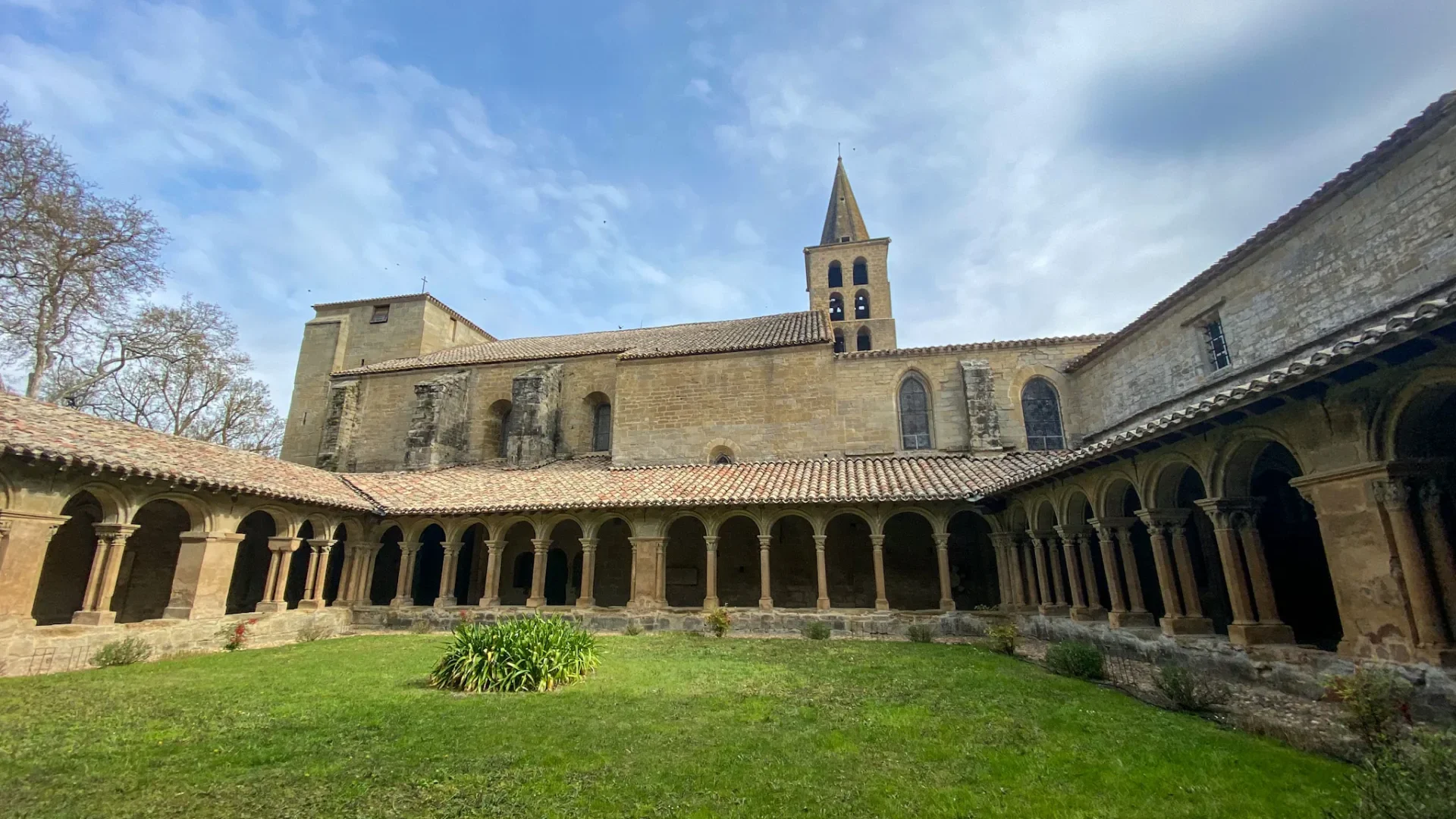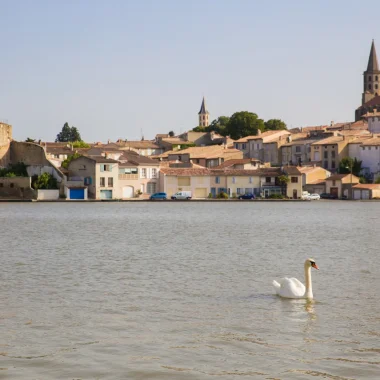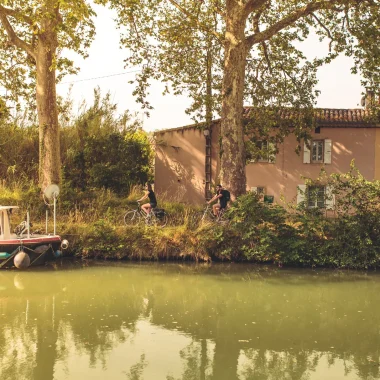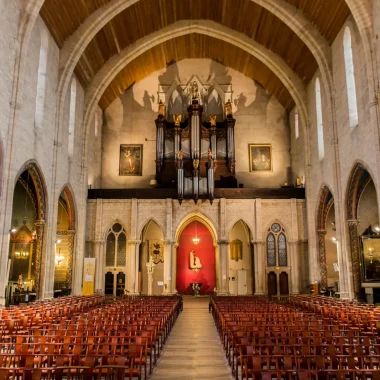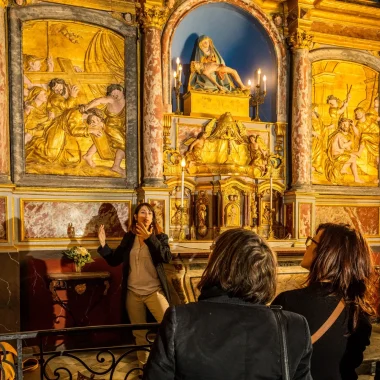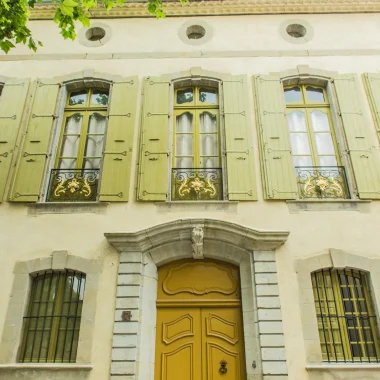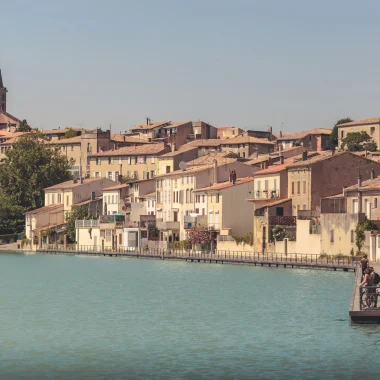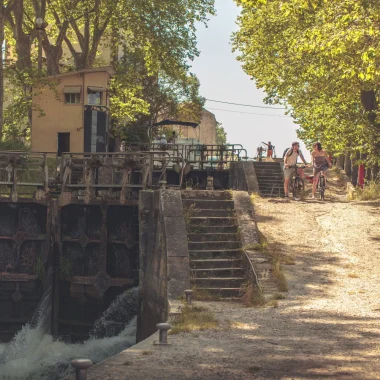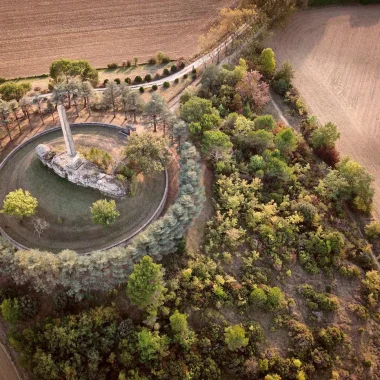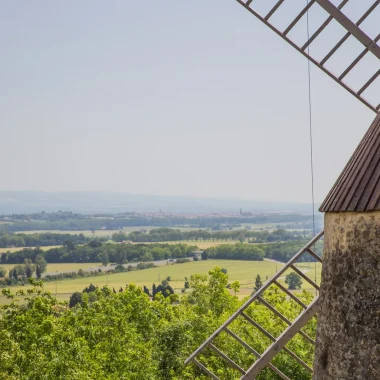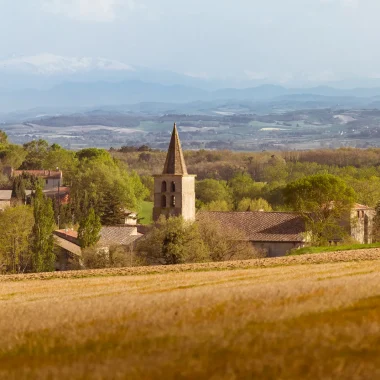Standing between Carcassonne et Toulouse, the abbey-cathedral of Saint-Papoul awaits to reveal to you 13 centuries of rich history, in the heart of Pays Cathare.
Come to this small village at the foot of the Black Mountain to 8 km Castelnaudary. Let yourself be told a story that can be read on the stone, between gothic cloister et église endowed with a choir with rich furniture Baroque and decorated with works by Master of Cabestany.
Contact information
Visit the abbey-cathedral
The former monks' refectory now hosts a permanent exhibition on the works of Master of Cabestany. Through this set of casts, we can observe the style so characteristic of this workshop, as well as the large number of works produced. Find, hidden in the wall, the trace of the Benedictine reading chair.
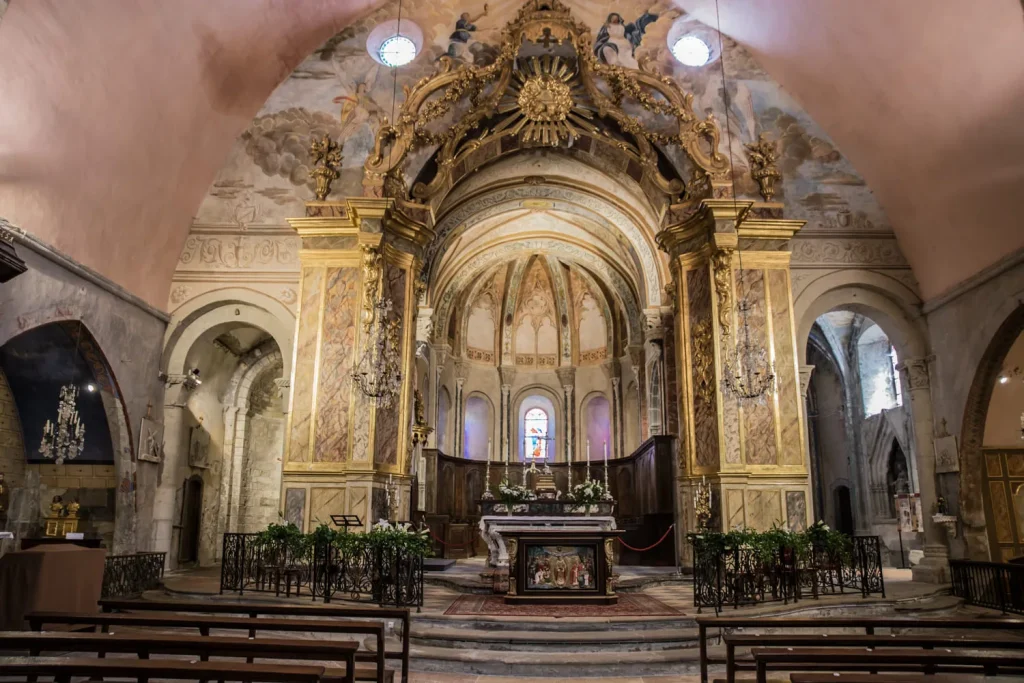
Le cloister presents, throughout its galleries, capitals with varied motifs, vegetal ou fantastic bestiary, going through historical scenes. The brick or stone columns give it a lot of charm. A baptismal font is housed in a chapel, all in Caunes-Minervois marble. The church, of southern gothic style, has been revised several times. Her novel chorus, redecorated in the XNUMXth century in the Baroque style, was restored in 2003 and has a large canopy decorated with gold leaf.
Duration:
Prices
| Prices | Min. | Max. |
|---|---|---|
| Full price |
3 € | 5 € |
| Child rate |
2 € | - |
| Student rate |
3 € | - |
| Adult group rate |
4 € | 5 € |
| Child group rate |
1 € | 2 € |
The medieval village of Saint-Papoul
The village owes its origin to the proximity of theBenedictine abbey, during the XNUMXth century. Placed under the control of the abbot, a true small town develops, protected by a belt of walls and pierced with fortified gates. Inside, there is a maze of streets dotted with corbelled houses and half-timbered.
becoming episcopal city in 1317, the town was once again firmly fortified by equipping oneself with two large towers closing access to the interior of the village. There « Guard Tower », still visible today, housed the episcopal prison. This squat building, with a quadrangular plan, is pierced by rare bays and loopholes. You can see, on the village side, a statuette of the Virgin and Child from the 1926th century, the original of which is kept in the monks' refectory of the abbey. The entire gate, in Gothic style, has been listed as a Historic Monument since XNUMX. The interior of the city retains remarkable houses : the “Maison Lacapelle” (former village hospital) dating from 1610 and located in rue Bombée or the “Maison de la Providence” which still has a very pretty XNUMXth century lintel. In the rue du Général d'Hautpoul, you can see on the facade of one of the houses a piece sculpted by the Master of Cabestany. Finally the Town Hall is located in a hall formerly on Place du covered market.
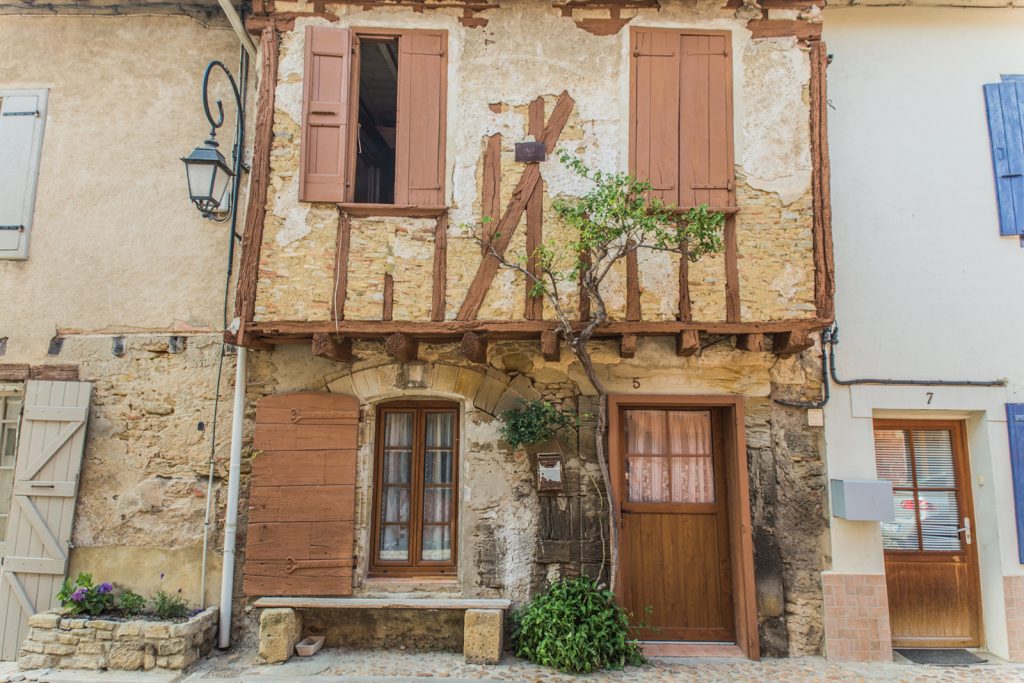
From the XNUMXth century, the village experienced a prosperous activity linked toclay mining and common pottery production. In the XNUMXth century, this sector developed with the creation of a large earthenware factory renowned for its octagonal-shaped plates. At the same time and until the 800th century, bricks and tiles were also produced. Nowadays, the village has nearly XNUMX inhabitants and its clay quarry is still active.
A little bit of history
The abbey has been dedicated, since its foundation to XNUMXth century, to the cult of Saint Papoul, disciple of Saint Sernin, first bishop of Toulouse.
Au XNUMXth century, the abbey obeys the rule of Saint Benedict and enjoyed a prosperous period thanks to the monk Berenger. As a model of virtue, miracles are said to have been performed on his tomb leading to pilgrimages. To XNUMXth century, after becoming rich, the abbey had the apse of the abbey church decorated by the Master of Cabestany, famous Languedoc Romanesque sculpture workshop.
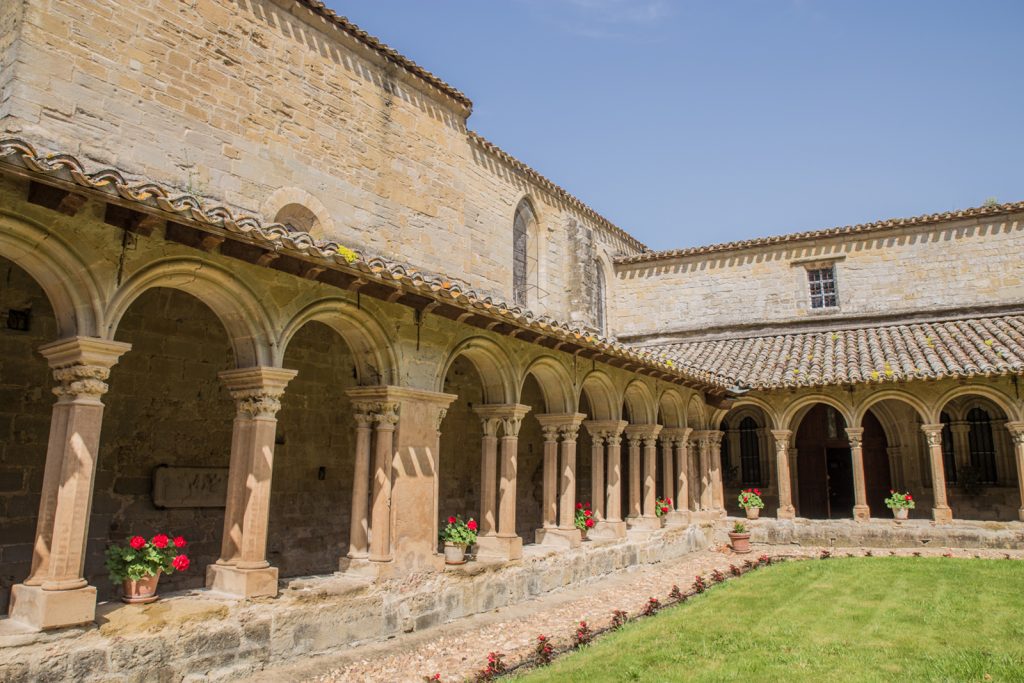
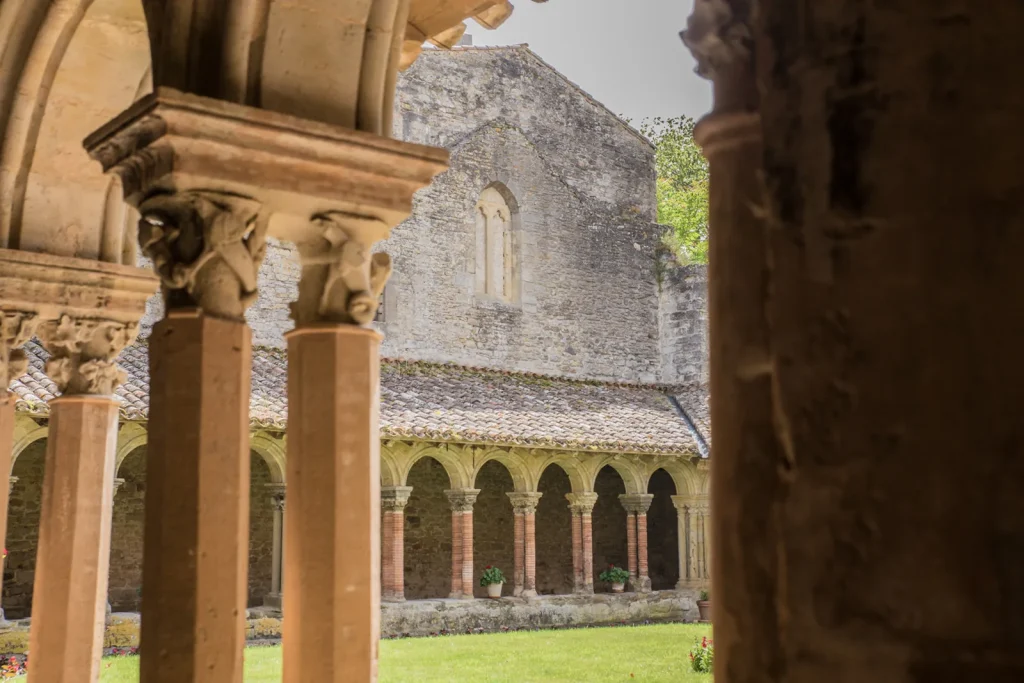
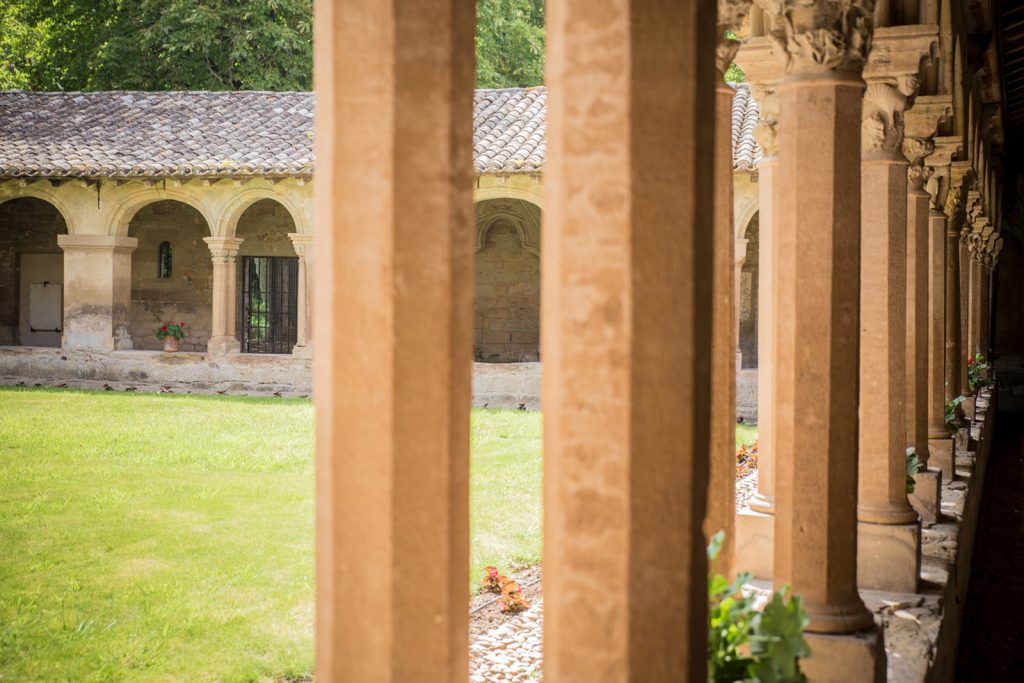
En 1317, Pope John XXII creates thebishopric of Saint-Papoul, resulting from the division of that of Toulouse. From 1317 to 1790, thirty-four bishops succeeded one another on the episcopal see, and seven of them became cardinals.
The abbey experiences troubled times when it was pillaged by the "roaders" in 1361, then in 1412 by the Burgundians, and again in 1595 by the Calvinists. During the XNUMXth and XNUMXth centuries, important restaurations are undertaken.
THErevolutionary era puts an end to the bishopric of Saint-Papoul: the cathedral church becomes a parish church and its cloister is ransacked by the sale of its marble elements.
You have to wait for his classification as Historic Monuments in 1840 for the municipality to begin restorations.
